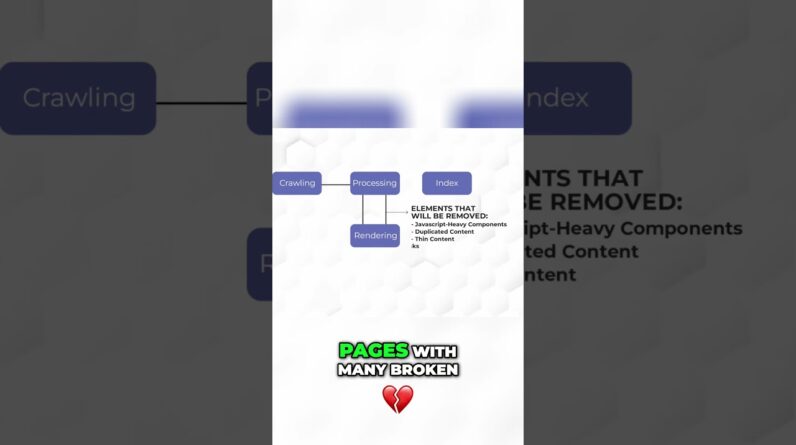
As I delve into the world of SEO strategies, one particular technique has caught my attention – driving targeted traffic with long tail keywords. Join me on this journey as I uncover the power of long tail keywords in attracting the right audience to your website.
Introduction
Hey there! Today, I’m going to share my insights on an essential aspect of driving targeted traffic to your website—long-tail keywords. As an SEO enthusiast, I have discovered the power these keywords have in attracting the right audience to my site. So, join me on this journey as we delve into the world of long-tail keywords and unlock their potential.
Understanding Long-Tail Keywords
When it comes to keyword research, we often hear about short, middle, and long-tail keywords. But what sets long-tail keywords apart? Let’s break it down:
- Short keywords: These are brief and generic terms like “shoes.”
- Middle keywords: Slightly longer and more specific, such as “running shoes.”
- Long-tail keywords: Detailed phrases like “best running shoes for marathon training.”
Importance of Long-Tail Keywords
Now, you might wonder, why bother with long-tail keywords when short or middle ones seem more popular? Well, the key lies in specificity and intent. Long-tail keywords cater to niche audiences looking for precise information or solutions. By targeting these keywords, you attract users who are more likely to engage with your content or make a purchase.
The Distinction Between Variant and Dominant Long-Tail Keywords
In my SEO journey, I’ve come across two types of long-tail keywords: variant and dominant.
- Variant long-tail keywords: These have minor variations but convey the same intent, like “best running shoes for beginners” and “top running shoes for newbies.”
- Dominant long-tail keywords: These are the primary phrases your target audience uses, offering maximum relevance and conversion potential.
Discovering Long-Tail Keywords
Finding the right long-tail keywords is crucial. Here are some effective methods:
- Utilize Google Search Tools for autocomplete suggestions.
- Explore Google Trends to identify trending long-tail keywords.
- Use Google Keyword Planner for comprehensive keyword research.
- Leverage Content AI tools for generating data-driven keyword ideas.
Measuring Long-Tail Keyword Effectiveness
After incorporating long-tail keywords into your content, it’s essential to track their performance. Monitor metrics such as organic traffic, click-through rates, and conversions to assess their impact on your website’s visibility and engagement.
Using Rank Math for SEO Optimization
For WordPress users seeking a robust SEO solution, I recommend Rank Math. This all-in-one SEO tool offers features like keyword optimization, site analysis, and XML sitemap generation, making it a valuable asset for enhancing your website’s search engine visibility.
Conclusion
In conclusion, mastering the art of long-tail keywords can significantly boost your website’s traffic and engagement levels. By understanding their significance, distinguishing between variant and dominant keywords, and employing effective research methods, you can attract the right audience and improve your site’s search engine rankings.
FAQs
- How do I differentiate between variant and dominant long-tail keywords?
- Can long-tail keywords impact my website’s conversion rates?
- Is Rank Math suitable for non-WordPress websites?
- What role does user intent play in long-tail keyword research?
- How often should I revisit and update my long-tail keyword strategy?






